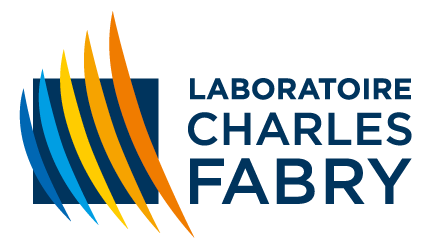Thesis defense of Marc CHAMMAS
- Soutenance de Thèse
- Evénement scientifique
Thesis defense of Marc CHAMMAS, PhD student in the LCF Biophotonics group, on Wednesday 27 September 2023 at 9am in the Auditorium of the Institut d'Optique Graduate School in Palaiseau (and by videoconference), on the topic: "Optical Speckle Imaging of Cerebral Blood Flow: Developments for Real-Time Imaging in Clinical and Preclinical Contexts."
Abstract: "Laser speckle contrast imaging (LSCI) is a high-resolution technique widely used in preclinical studies to map blood flow at the tissue surface in vessels around 10 µm in diameter. Multi-exposure speckle imaging (MESI) improves flow quantification, particularly in the presence of static diffusers (i.e. skin, bone). MESI imaging has a number of advantages: it is a non-contact, tracer-free technique, portable to the patient's bed. However, its implementation requires relatively complex instrumentation and, above all, computationally-intensive post-analysis, since it is based on a pixelwise fitting of a non-linear model relating speckle contrast to scatterers decorrelation time. These limitations have so far prevented its application in clinical settings.
In this context, we have evaluated two new instrumental and methodological approaches to overcoming these obstacles. Firstly, MESI data acquisition using synthetic exposure was implemented and compared with the modulated exposure classically used in MESI, in vitro on a microfluidic model representative of murine microvascularisation, and in vivo on a murine model. Secondly, the use of convolutional neural networks was evaluated as an alternative to non-linear fitting for the extraction of blood flow maps in near-real time. The neural network demonstrated its ability to predict relative blood flow variations. The optimized MESI system was then used to study variations in blood flow in the branch of the middle cerebral artery (MCA) supplying the somatosensory cortex in response to vibrissae stimulation in a mouse model of obesity. The study of obese mice shows the impact of obesity on the regulation of cerebral blood flow, and suggests ways of correcting the diet by balancing the ω-3/ω-6 ratio of polyunsaturated fatty acids. Both instrumental and methodological avenues for improvement will be discussed for blood flow quantification. The developments made to the MESI technique during this thesis pave the way for the study of relative blood flow changes at the microvascular level with an analysis time compatible with clinical applications."
